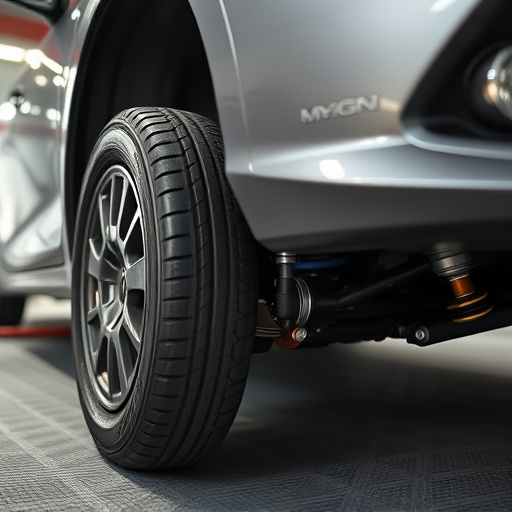Warranty protection is crucial for major purchases like gadgets, appliances, and automotive services, offering peace of mind and financial security against defects. Top warranties cover mechanical and cosmetic issues, with extended coverage signifying product quality confidence. Robust warranties provide 3-5 years' protection, encompassing defects, wear, environmental factors, and accidents. Evaluate warranty protection by scrutinizing scope, duration, terms, and added benefits like roadside assistance, aiming for comprehensive, long-term coverage from reputable providers.
Warranty protection is an essential aspect of any significant purchase, offering peace of mind and ensuring against unforeseen costs. In this guide, we demystify the concept of warranty protection, breaking down its fundamentals into manageable components. We’ll explore the crucial elements that constitute a robust warranty, providing insights on evaluating and selecting coverage that aligns with your needs. By the end, you’ll be equipped to make informed decisions regarding this vital safety net.
- Understanding Warranty Protection Basics
- Key Components of a Solid Warranty
- How to Evaluate and Choose Coverage
Understanding Warranty Protection Basics

Warranty protection is a crucial aspect of any significant purchase, offering peace of mind and financial security. It’s essentially a promise from the manufacturer or seller that your product will be free from defects for a specified period. This safety net ensures that if something goes wrong within the warranty period, you’re protected against the costs of repair or replacement. Understanding what constitutes a solid warranty is essential when making any significant investment, whether it’s a new gadget, home appliance, or even vehicle protection like ceramic window tinting.
When considering premium automotive services, for instance, a comprehensive warranty should cover not just major mechanical failures but also ancillary components like tires, batteries, and even paint job durability. The best warranties are clear in their terms, outlining exactly what’s covered, any exclusions, and the process for making a claim. Reputable manufacturers often offer extended coverage options, demonstrating their confidence in the quality of their products.
Key Components of a Solid Warranty

A solid warranty is the cornerstone of any reliable warranty protection program, ensuring that both consumers and businesses are safeguarded against unexpected repairs or replacements. When evaluating a warranty, the first key component to consider is its coverage duration. A comprehensive warranty should offer extended coverage periods, typically ranging from 3 to 5 years, providing peace of mind for the owner. This long-term protection ensures that any issues that may arise during the ownership period are addressed without incurring substantial costs.
Additionally, the scope of coverage is vital. Top-tier warranties include not just manufacturing defects but also protect against damage caused by normal wear and tear, environmental factors, and even certain types of accidents. Some advanced programs even offer vehicle protection enhancements like protective coatings or custom vehicle wraps, adding extra layers of safeguard for both new and used vehicles. Such features make a warranty an invaluable asset, offering comprehensive warranty protection that goes beyond the basic expectations.
How to Evaluate and Choose Coverage

When evaluating warranty protection, it’s crucial to look beyond the basic coverage and understand what specific protections are offered. Start by examining the scope of the warranty—does it cover both mechanical and cosmetic issues? A comprehensive vehicle protection plan should address various components, including engine, transmission, electrical systems, and even custom vehicle wraps or enhancements if applicable. This ensures that unexpected repairs don’t put a strain on your budget.
Next, consider the duration and terms of the warranty. Long-term coverage with reasonable exclusions is ideal. Check for warranties that offer roadside assistance and loaner vehicles during repairs, adding an extra layer of peace of mind. Additionally, look into whether the warranty provider has a solid reputation and offers transparent claim processes. A reputable company will make it easier to file claims and ensure your vehicle receives the necessary care without hassle.
When selecting warranty protection, focus on comprehensive coverage that suits your needs. By understanding key components and evaluating options carefully, you can ensure peace of mind and protect your investments effectively. Remember, a solid warranty is your shield against unexpected repairs or replacements, so choose wisely.














